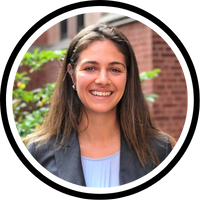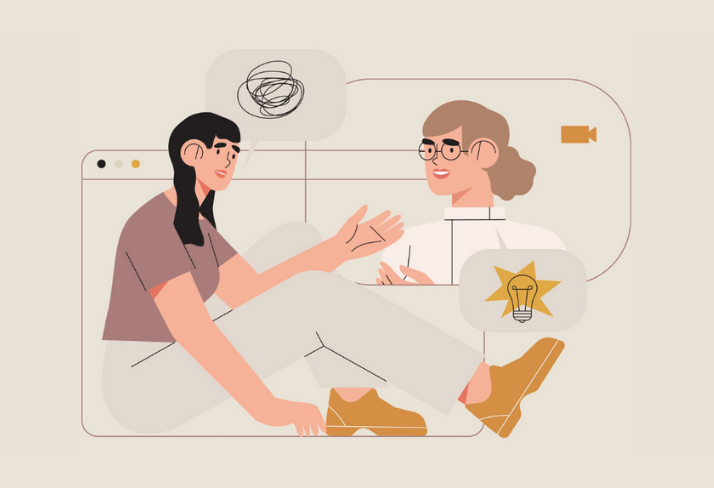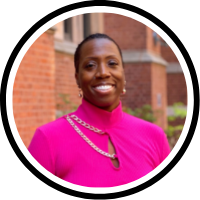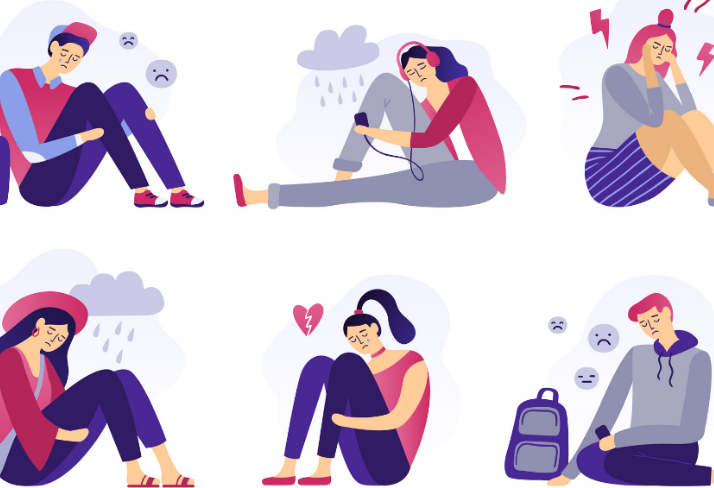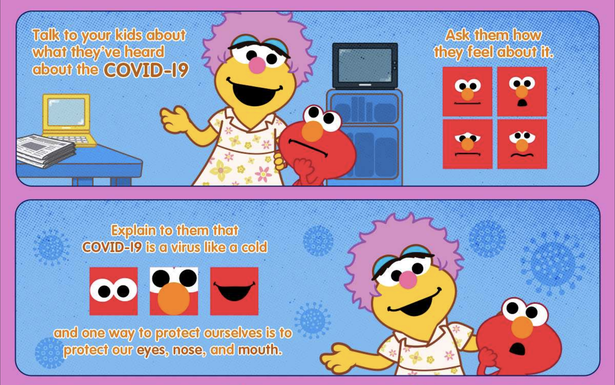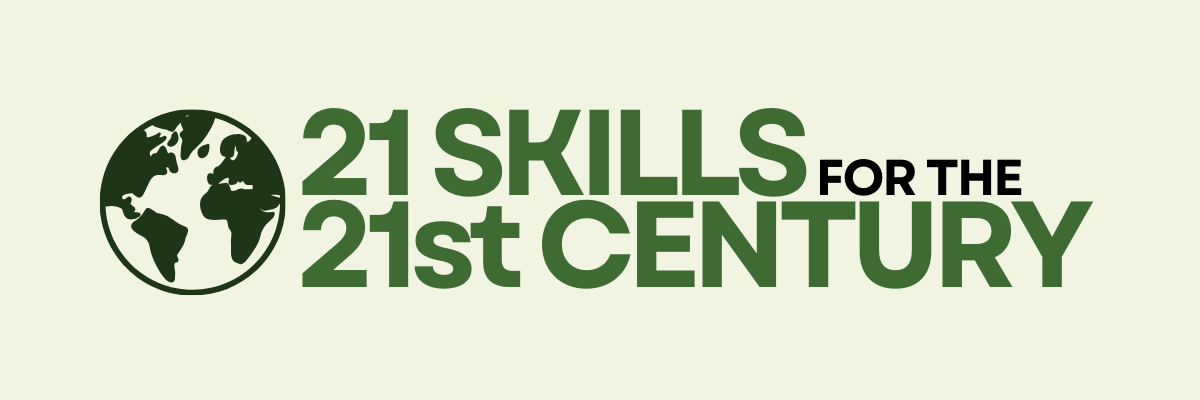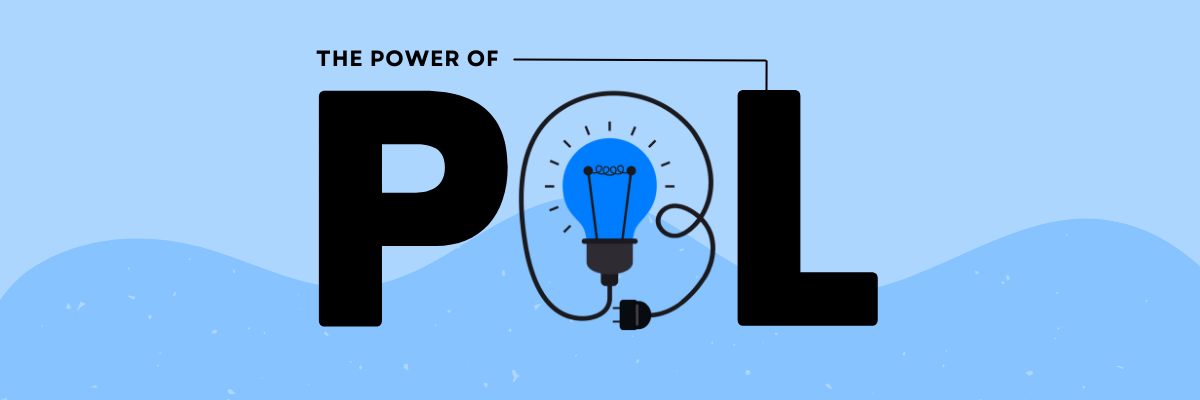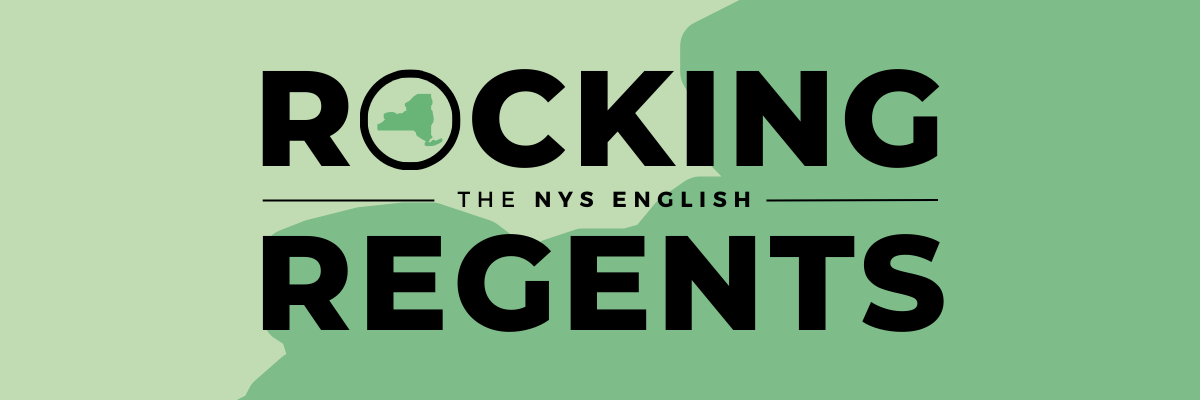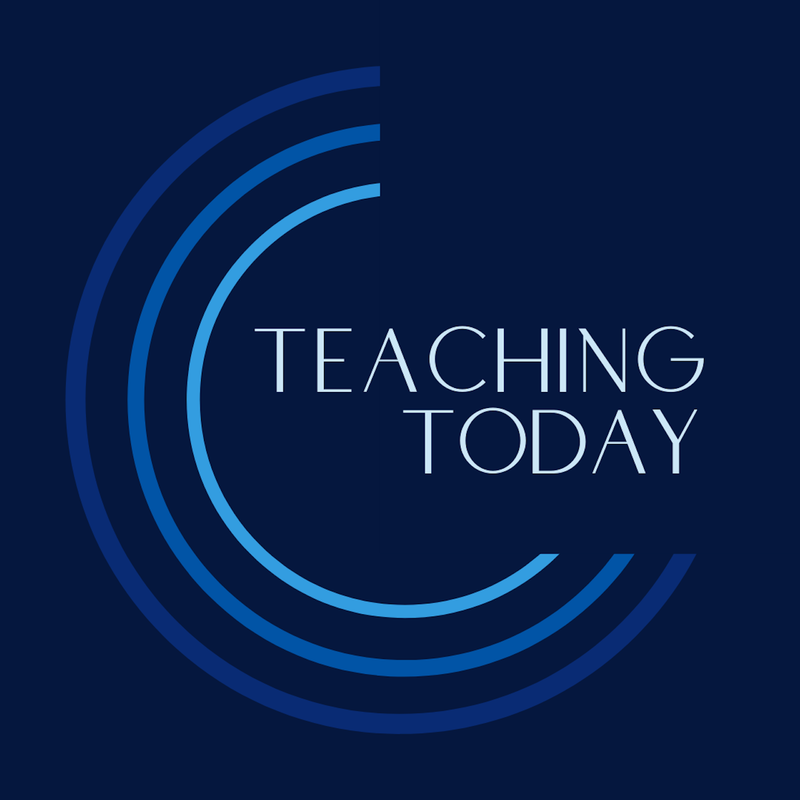|
How one high school is constructing their own definition of rigor, in service of developing high expectations and meaningful work for students.
After several years of prolonged uncertainty and hardship, a feeling of normalcy seems to finally be settling in, and schools want to refocus their vision for high expectations and meaningful work for students. As coaches, we’ve noticed that “rigor” has become a topic of particular interest for school leaders this year.
However, not everyone has the most positive associations with the word, and we can’t really blame them (just look at the dictionary definition — yikes!). What we mean by rigor in the educational context is often unclear, and it’s for this reason that we believe in the importance of co-constructing definitions and characteristics of the concept as a school community. We’ve undertaken this endeavor with the Business Technology Early College High School (BTECH) — one of our wonderful partner schools in Queens, New York — and have been investigating the concept of rigor through a variety of entry points. Our inquiry around rigor began with a tool developed by our colleague, Dr. Roberta Lenger Kang, who envisions rigor as an odometer, a visual retake on Bloom’s Taxonomy. After working with the “Rigormeter”, the staff at BTECH engaged in inquiry around how to assess and establish criteria for rigorous questions. Here is a snapshot of how we explored this question and a look into the insights that were gleaned.
Assessing for rigor
What makes a rigorous question? The central way that teachers pursued this line of inquiry in our workshop was through a hands-on, minds-on activity. In small heterogeneous groups (mixed in terms of both content areas and experience), teachers were given an envelope of paper strips, each printed with a question inspired by real high school curriculum (How does the greenhouse effect work? What is exponential growth and where do we see it in our everyday lives?). Working collaboratively, teachers were tasked with sorting the questions into categories according to their perceived level of rigor. As we circulated the room, we heard teachers engaged in rich and lively discussion as they made decisions about how to rank questions according to their rigor level, and why.
Establishing criteria for rigor
After teachers spent some time engaging in the question sorting activity, we asked the small groups to reflect and discuss together: What criteria did you use to distinguish more rigorous from less rigorous questions? Then, when we came back together as a whole staff, we asked teachers: so, what does make a rigorous question? Here are some of the defining characteristic they articulated:
A rigorous question...
Additional definitions
After teachers generated their own ideas, we as facilitators offered a few additional criteria that worked to amplify and elaborate on the group’s working definition. The criteria we offered were inspired by some of the dispositions of competent readers delineated by Dr. Sheridan Blau in his article Performative Literacy: The Habits of Mind of Highly Literate Readers (2003) — with the thinking that if these dispositions allow for readers to make meaning of texts and “enable knowledge” (p. 19), then questions that inspire the cultivation of such dispositions will in turn cultivate meaning-making in general.
We proposed that a rigorous question also:
The importance of complexity and flexibility are also explored in Robyn Jackson’s How to Plan Rigorous Instruction (2010).
Next steps
After generating their own collective definition of a rigorous question and considering the Blau-inspired characteristics as well, teachers were given the opportunity to apply these new insights to an upcoming lesson. Teachers left the session with a new Do Now activity or slightly tweaked questions that asked for justification, for example. Most significantly, they left with clarity on what counts as a rigorous question. As we continue working with this school, we are designing next steps in the professional learning process. Our upcoming sessions can focus on when and how to use rigorous questions, specifically, at what point of the lesson, and how to assess student response. We can also explore activities or teaching moves that pair well with investigating rigorous questions. We might also reconsider our essential questions and check how they measure against our “rigorous questions” criteria. There are many possibilities for moving forward with our inquiry cycle. While there are plenty of resources and frameworks out there for teachers on creating compelling and meaningful questions, both facilitators and teachers found great value in doing some first-hand discovery, and in trying to articulate the nuance in what distinguishes rigorous questions from the rest.
Observe, infer, and take action on a problem of practice using three simple prompts.
What are we noticing? So, what does it mean for teaching and learning? Now what should happen next? These are some of the questions posed by one of our favorite resources — What, So What, Now What — which leans on our core values of critical reflection and cycles of inquiry.
Developed by Gene Thompson-Grove in 2004 and revised 2012, this protocol allows you to do several things at once: gather information, analyze and interpret a problem of practice, and envision next steps for your work. This is a versatile protocol that can be modified to support teachers, leaders, and even students as they work to understand curricular content.
Jumpstart your reflection
What, So What, Now What can help you to evaluate a recent experience, untangle a problem of practice, or inspect quantitative or qualitative data. After observing and analyzing what you already know, you can then work toward identifying the next steps for your practice.
This resource works in three phases: Understanding the event (What?)
Making sense of the facts and implications (So what?)
Identifying a course of action or new solutions (Now what?)
Engage students in inquiry
From here, the class can begin to share highlights from their charts, and begin to draw conclusions about the lesson.
What, So What, Now What is a highly adaptable tool that can promote curiosity, reflection, and accountability. Its flexibility allows for application with all members within a school community, and we encourage you to adapt it to best meet your needs.
How are you using this resource? Let us know in the comments!
Listen to children at every age. Meet them where they are, in the best way you know how. That will be more than enough for the moment we’re in.
In a recent letter to the community, CPET Director Roberta Kang shared her childhood memory of the Challenger Space Shuttle’s explosion, and her experience as a teacher in the classroom during 9/11. She wrote, “As educators, we are not unfamiliar with working through a crisis. We know that some crises are visible, and some are invisible. We know that some are explosive, while others are slow burns that dismantle a sense of safety bit by bit. We know that some have villains attached, and others are just, well, science.”
Our children will have strong memories of this time. They will recall what it was like when their school closed, when they had to wear masks, stand far away from people, or when open air parks were locked to visitors. Already, children are telling stories about when they went to school, “before the virus came” and what they want to bring to school, “after the virus is over.” Having conversations with children about what is happening around them and within them will support their growth and learning during this challenging time. Although COVID-19 is a new type of coronavirus, talking with children about scary situations is not new. To support our conversations, we can lean on reliable resources and use age-appropriate methods. The Centers for Disease Control and Prevention (CDC) connects their general principles for talking to children to the National Association for School Psychologists guidelines:
There are many resources online to support our conversations, and it can be overwhelming to sift through for “the perfect one.” During this time of emotional, mental, and physical overload, it’s important to remember there is no such thing as perfect. Using a reliable, science-based option will give you a starting place for you and your kids to generate questions and keep the conversation open.
Pre-K — Elementary
Support your younger students with ready-made resources from PBS. Sesame Street’s Caring for Each Other page has informative, age-appropriate videos and free e-books to support your conversation about what COVID-19 is and what we can do about it. Use their infographic to prepare for your conversation if you are feeling concerned about what to say. Older elementary students can learn more about germs and build their vocabulary by reading an article together, like What are Germs? — available in English and Spanish, with an option to listen to the article while you read.
Middle school
Middle school students are moving into a space where they question the answers they are given. Use this natural developmental stage to engage kids with inquiry cycles. Consider not only a focus on COVID-19, but a student exploration into a simple history of viruses. Whether you adapt lessons from online sources, like three lesson plans for science, math and media literacy focused on COVID-19, or you set students on a path to conduct their own research, trying out an inquiry cycle can help students gather information and generate real questions that lead to deeper exploration. Don’t have a template of your own? Give ours a try — within this template, students can share their findings in discussion groups while you use the written information as formative assessments, make adjustments to lesson plans, and provide supplemental materials or advice for students as they explore. During this time of distance learning, we have the opportunity to see what happens when self-discovery and experimentation places learning in our students’ hands. As students get more autonomy, we get to see firsthand what teaching looks like when students are at the front of the class.
High school
Students at this age can do their own research on the topic starting with the CDC’s Coronavirus-19 page (available in at least five languages), which covers symptoms, how to protect yourself, slowing the spread, daily life, and coping and is updated regularly to include subjects like cloth face coverings. As new questions arise, students can create a simple art project, like an infographic. With them, you can research to find answers, add them to your infographic and draw, color, or paint for emphasis. If infographics aren't your thing, consider having kids create one of the following to illustrate their research:
Above all, listen to children at every age. Listen to their words. Listen to their behavior. Meet them where they are, in the best way you know how. That will be more than enough for the moment we’re in.
Utilizing a cycle of inquiry with school teams as a powerful means towards transforming practice.
When designing professional development projects, we’re constantly examining how our promising practices can be solidified as we support educators. Through this examination, we’ve come to identify five principles of practice: Communities of practice, Contextualized practice, Critical reflection, Cultivating strengths, and Cycles of inquiry. As part of our series investigating each of these principles, let’s dig deeper into cycles of inquiry. (You can see previous entries in this series here.)
We believe in and utilize a cycle of inquiry with school teams as a powerful means towards transforming and improving practices and school structures. Our approach is inspired by the notion of social inquiry, as developed by John Dewey and C.S. Pierce, which privileges reflection and action, and articulates a process to identify a problem and investigate it through collaborative experimentation and exploration to develop a clearer understanding of an issue.
We’ve got more to say on our foundations and theory, but my three-year-old nephew demonstrates the practice efficiently and effectively with his very favorite question: Why? We aren’t going to go swimming right now. Why? Because we’re going home. Why? It’s late, and you need to get dinner and a bath before bed. [Pause] Is the pool open? Yes, it’s open. Can we get bath at the pool? I suppose we can, yes. But what about dinner? Why? Because you’re going to get hangry soon. What’s hangry? Remember, when we don’t eat and then small things bother us, and then we get mad easily, and sometimes we throw a tantrum? And we have to sit to think about it? Yes. [Pause] McDowell’s! (yes, he says McDowell’s) I see it. Maybe can we eat then go swim? Why? Then we can eat and swim and be happy to swim. The conversation continued. We went swimming. On the way home we talked about swimming and why it makes us happy. My nephew asked, “Why?” at least a dozen more times. His pauses helped me see that he was thinking about the answer — he remains curious no matter the subject.
Previously, I shared how our team goes about exploring our questions and challenges. Once a month, we gather together for Fiesta Fridays, which involve self-directed team-building activities that allow us to use play to surface larger challenges. Last year, our team began a cycle of inquiry focused on our Fiesta Friday experiences by using a simple structure to capture what we were curious about:
I am studying (topic): norms and consensus within the Fiesta Friday (FF) experience because I want to find out how: FF partners should perform in order to better understand: the goal of FF so that we will know more about: how well we are meeting that goal. From this starting point, we introduced letter writing as a way of passing along our learning from one Fiesta Friday to the next. Planners from January’s experience wrote a letter to those planning February’s outlining their goals for the experience, how it connected to the previous FF goals, and what, if anything, they might have changed following the experience. After a few months, we had some data we could use to loop back into our original question about FF partners and FF goals. Our inquiry process is informed by Dewey’s and Pierce’s descriptions of three cyclical stages of the inquiry process: deductive: identifying an issue and developing a hypothesis or approach to try; inductive: testing a hypothesis and noting implications; and abductive: returning to adjust and hone a hypothesis or strategy based on experimentation.
With our partner schools, we see that by engaging in a cycle of inquiry to improve instruction, educators can identify the problems specific to their contexts and engage in a cycle of exploration to seek promising practices that address their particular needs, as opposed to relying solely on experts for “answers.” We turn the focus toward the questions that are bubbling up for teachers and for students. Where is the curiosity? What questions do their questions lead to, and what can they learn along the way?
During our inquiry process, we may refine the question or gather information that leads us to a new question, but we start with curiosity. We wonder. We ask, “Why?” We imagine. What are you curious about today? Perhaps you’re interested in giving it a little thought through writing: I am curious about ___________________________________ because I want to find out (what/how/why) ___________________________________ in order to better understand (what/how/why) ___________________________________ so that we will know more about ___________________________________. |
|
The Center for Professional Education of Teachers (CPET) at Teachers College, Columbia University is committed to making excellent and equitable education accessible worldwide. CPET unites theory and practice to promote transformational change. We design innovative projects, cultivate sustainable partnerships, and conduct research through direct and online services to youth and educators. Grounded in adult learning theories, our six core principles structure our customized approach and expand the capacities of educators around the world.
|
ABOUT US
525 West 120th Street, Box 182 New York, NY 10027 416 Zankel Ph: (212) 678-3161 cpet@tc.edu Our Team Career Opportunities |
RESOURCES
Professional Articles Ready-to-Use Resources Teaching Today Podcast Upcoming PD Opportunities |
COACHING SERVICES
Custom Coaching Global Learning Alliance Literacy Unbound New Teacher Network Student Press Initiative |


